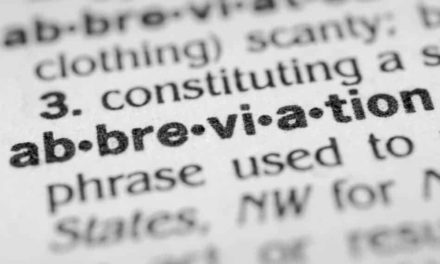How To Quote Sources In Research Papers
The idea behind using the exact words of another person or other people in academic or scientific writing is that those words contribute to your argument. They may support or contradict your methods, results or conclusions; they may be selected from a text or texts that you analyse in detail; they may be exemplary, pithy or perfect expressions of ideas you introduce and discuss. Whatever your reasons for quoting the words of others in your own writing are, you need to quote them with the utmost accurately and observe with precision and consistency the appropriate scholarly techniques for quoting sources.
Accuracy while quoting the words of another author or speaker is a matter of care and attention when initially adding the information to your own writing and again when checking it against the original, which should be done more than once with more than one set of eyes if possible. Errors creep into quoted material with alarming frequency, so it is wise never to assume that quotations are correct. If you make errors, you are not only compromising your work, but also misrepresenting the author you are quoting. Whether you agree or not with what he or she wrote or said is irrelevant, but recording quotations inaccurately and arguing your case on the basis of erroneous information is unethical and unprofessional and it can certainly undermine the very argument you intend to support.
Whenever material is directly quoted from a source, the text must be formatted in such a way that it is clear to the reader exactly which words are borrowed. When quotations are short and embedded in your main text, they should appear in the font size you are using for your own prose and must be enclosed in quotation marks. Single (‘’) or double (“”) quotation marks will work, with the guidelines you are following or your personal preference the determining factor, but the same type must be used for every direct quotation. The other type can then be used for any quotations that appear within quoted material – double marks within single ones and single within double – and these, too, must be used consistently in every relevant instance.
Longer prose quotations or quotations from poetry are usually set off as block quotations, generally with indentation, at least on the left margin, and often in a slighter smaller font than the main text of a document. In such cases, no quotation marks are necessary because the block format indicates which words are borrowed. Whether you are using quotation marks or block quotation, remember that italic font is not a correct format for indicating quoted material in academic and scientific writing in the English language. Italics should therefore only be used when and where the author you are quoting used them or when you wish to emphasise certain words within a quotation, in which case the italics should be acknowledged as added by the quoting author.
Finally, every quotation should be accompanied by a reference to the source, usually in the style indicated by the author instructions of the anticipated publisher. Whether that reference is parenthetical, numerical or included in a footnote or endnote, a page number indicating exactly where the reader can find the quotation should be included.

















